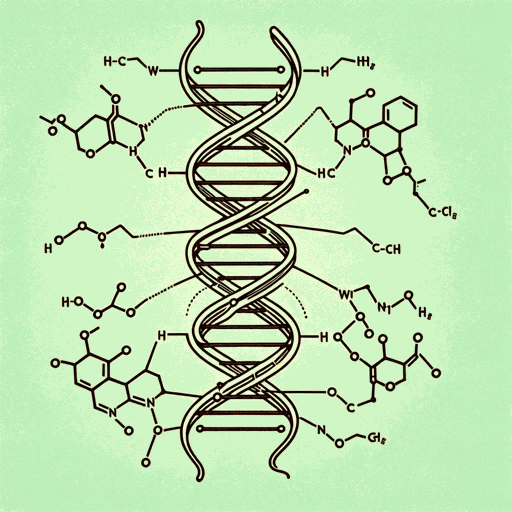96 pages • 3 hours read
Walter IsaacsonThe Code Breaker: Jennifer Doudna, Gene Editing, and the Future of the Human Race
Nonfiction | Biography | Adult | Published in 2021A modern alternative to SparkNotes and CliffsNotes, SuperSummary offers high-quality Study Guides with detailed chapter summaries and analysis of major themes, characters, and more.
Chapters 24-27Chapter Summaries & Analyses
Chapter 24 Summary: “Zhang Tackles CRISPR”
By 2011, Zhang had moved to the multidisciplinary Broad Institute at MIT and Harvard, founded by Eric Lander in 2004. Zhang carried his work on TALENs over from Church’s lab, but he was stymied by the fact that each TALEN took three months to engineer. Therefore, learning about CRISPR at the Broad Institute was a game changer for Zhang.
To develop CRISPR into a gene-editing tool for human cells, Zhang enlisted the help of Le Cong, his former protégé at Harvard. Zhang sensed the CRISPR race was heating up and requested Cong, still at Church’s lab at the time, to keep their project a secret. Cong subsequently moved to the Broad Institute and, on February 13, 2011, Zhang filed a memorandum of invention at the Broad Institute. However, Zhang’s memorandum did not describe an actual invention but the concept of using CRISPR as a gene-editing tool. Though Zhang meticulously documented his work on CRISPR, he did not make it public. By 2012, when Charpentier and Doudna published their paper, Zhang had not yet figured out the role of tracrRNA in the Cas9-CRISPR mechanism. Earlier that same year, Zhang had reached out to Luciano Marraffini for a potential collaboration. An enthusiastic Marraffini joined Zhang but later claimed that it was he who guided Zhang toward focusing on the Cas9 enzyme instead of trying out Cas1, Cas3, or other systems.
Related Titles
By Walter Isaacson





